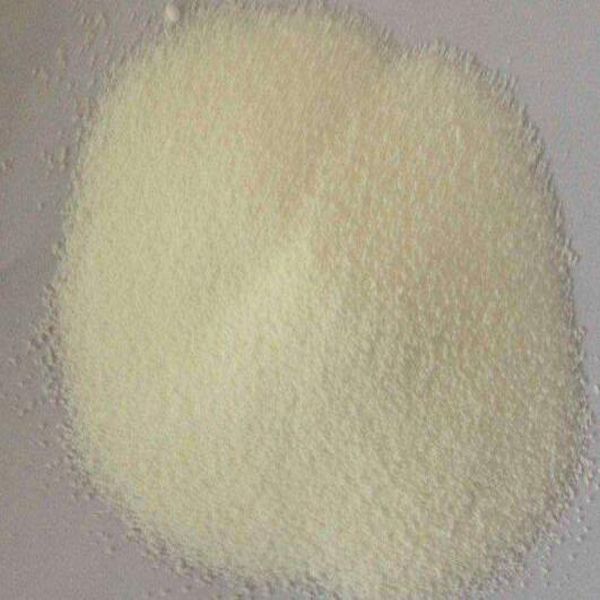Aminophylline is a double salt composed of theophylline and ethylenediamine. It belongs to the xanthine pharmacology. Aminophylline is the most powerful drug for relaxing bronchial smooth muscle among xanthine alkaloids. In clinical treatment, its main function is to relax bronchial smooth muscle and relieve bronchospasm. Most of the aminophylline preparation products are strong alkaline drugs, and the pH value is more than 9. Once they encounter acidic drugs or acidic components in the aqueous solution, theophylline will precipitate out, which causes the administration and the livestock and poultry cannot drink the drug. Eventually, the treatment will fail. Therefore, when using it in clinical treatment, it is necessary to avoid the compatibility of aminophylline preparation products with acidic drugs and acidic components and to give livestock and poultry mixed drinking water at the same time. Regarding the administration time, the administration time of aminophylline is selectively and purposely put into the evening to maintain the effective blood concentration of aminophylline at night, and the therapeutic effect is usually better than other administration times. In particular, after treatment with medication, the animals’ wheezing, coughing, and wheezing in the lungs are all effective in eliminating these symptoms. This is mainly because the secretion of adrenal cortex hormones in the body at night and the physiological fluctuations of factors such as catecholamine levels make it more likely to cause bronchiole contraction and spasm in diseased animals at night. The antispasmodic and anti-inflammatory effect of aminophylline is conducive to the swinging of the pseudostratified ciliated columnar epithelium of the airway, which plays the role of clearing sputum and increasing the contraction of respiratory muscles, etc., which effectively reduces the symptoms of dyspnea at night.
Post time: Apr-29-2020
